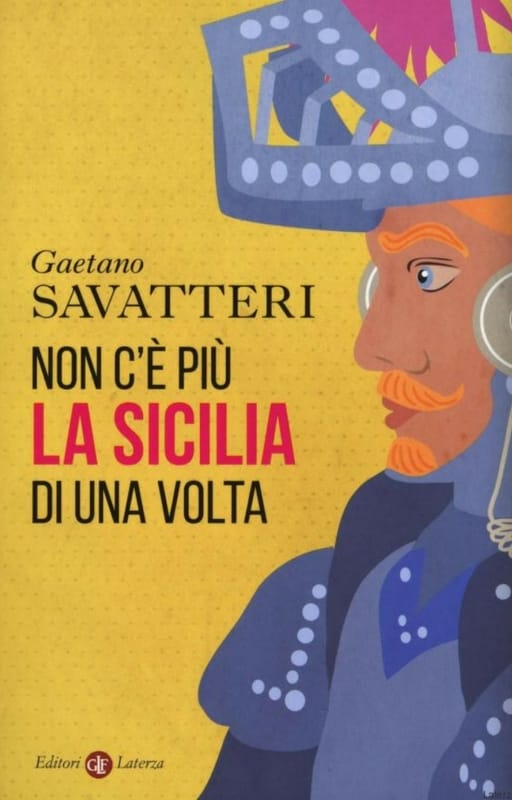Non c’è più la Sicilia di una volta

The image of Sicily is linked to so many masterpieces of literature and cinema of the past. Great Sicilian authors have left indispensable pages and made the island metaphor, emblem, paradigm. But reading Sicily through their eyes is like walking around with a nineteenth-century travel guide. Just as-after the popular reaction following the 1992 massacres and after the state’s successes in the fight against crime-the identification between Sicily and the Mafia no longer works. Choosing precisely 1992 as its starting date, the book offers a new and updated snapshot of the island, in which the continuity of traditions coexists with extreme modernity. It starts with food and wine: it is 1994 when Commissioner Montalbano first opens the door of the trattoria San Calogero in Vigàta, contributing to the success of the island’s gastronomic tradition. And it is in 1992 that a great oenologist travels Sicily in search of native grape varieties, ‘inventing’ Nero d’Avola. But there is also an island of sex and eroticism (few know that the first Italian section of Arcigay was born there). Today’s Sicily is still that of Greek ruins, but also of the most extensive contemporary art parks in Europe, such as Fiumara d’Arte, Gibellina or Farm Cultural Park. The image of Corleone is flanked by an urban and metropolitan Sicily. There is the Sicily of landing and welcoming. The Sicily that hates Sicily. Savatteri’s journey debunks some commonplaces and breaks down numerous prejudices. Does everything in Sicily change so that everything remains as it is? With good grace from The Leopard, not so: on the island, almost everything has changed.